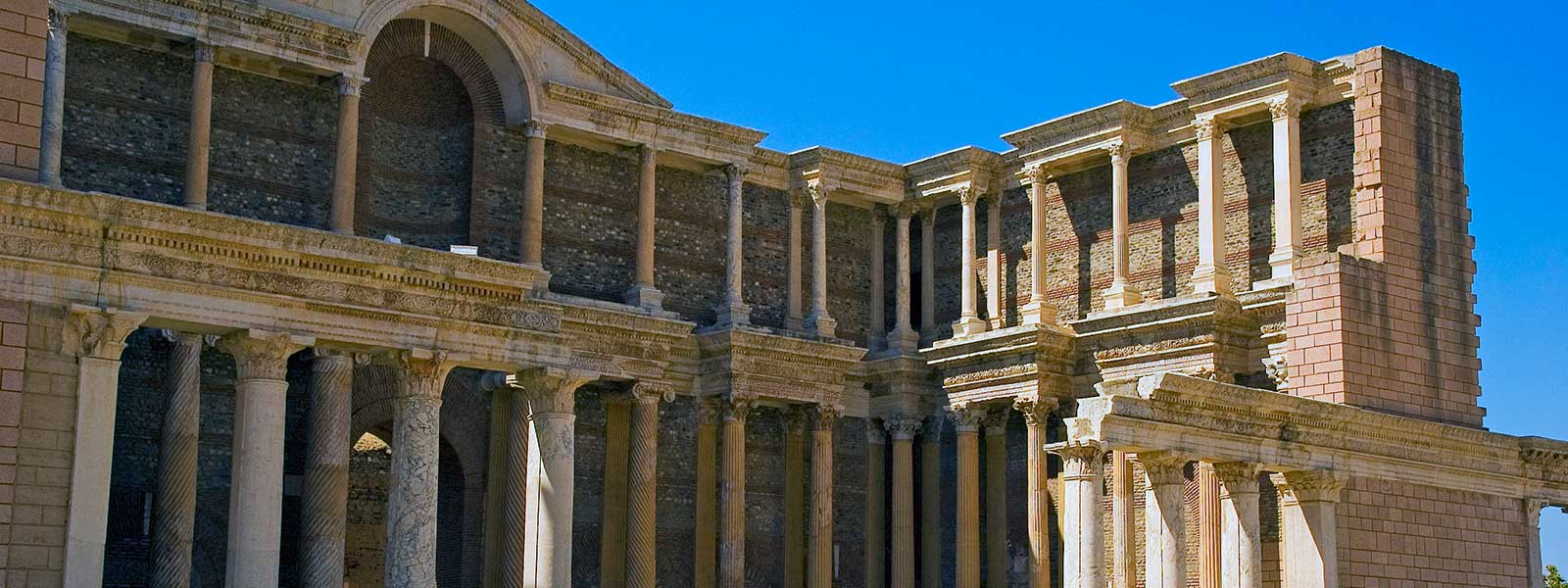
SARDES (SARDIS)
The Croesus that we admire due to his fortune in this saying was the King of ancient Lydian Kingdom where Sardes - Sardis in Turkey - was the capital city. Besides being the capital city of the famous Kingdom of Lydia, the recent excavations in the city unearthed one of the most impressive antique synagogues belonging to the western diaspora. This discovery represents a turning point in the history of Judaism in the later Roman Empire as many scholars were previously assuming that Judaism had been eclipsed by Christianity.
When the Athenians, the Eritreans, and the rest of the allies had arrived and were present in Miletus, Aristagoras organized an expedition against Sardis. [...] they journeyed inland in massive force, with Ephesians as their guides. They traveled along the Cayster River, crossed over Mount Tmolus, and came to Sardis, where they captured the city without resistance from anyone whatsoever. They took control of everything except the Acropolis. For Artaphernes [the brother of the Persian king, Darius I] himself defended the Acropolis with a rather large force of men.
Although they had taken the city, they were unable to plunder it because most of the houses in Sardes were constructed of reeds [...] and when a soldier set one of these houses on fire, the flames spread rapidly from house to house until they engulfed the entire city.
(Herodotus, 5.99 - 101)
The History
The importance of Sardis in history rests on the fact that it was the capital of the ancient kingdom of Lydia. If the figures of some of its kings such as the mythical Croesus and Gige are in great part based on myth, it is certain that the Lydians were famous for their capacities in the fields of trade and economics. After being conquered by Alexander The Great (4th century BC), Sardis gradually became more and more Hellenistic. In the 2nd century BC, the city passed under the control of the sovereigns of Pergamon and was then incorporated into the Roman empire. It was already an important religious center in the Byzantine period and was taken over by the Turks in the 14th century.
At the center of the Acropolis, from which come potsherds dating to the 7th century BC, can be seen the remains of structures of the Byzantine period. The so-called Castle of Antiochus III is a towering structure of the Hellenistic period between 223 and 187 BC. The most significant remains have been shifted to a street that was originally (4th century) lined with columns. Of note are the vestiges of a Gymnasium of the Imperial age (3rd century) with a columned two-story facade. An inscription mentions Caracalla, his brother Geta and their mother Julia Domna, as well as the date in which work came to an end (211 AD).
In the vicinity is a coeval Synagogue in which fine paintings and frescoes of the 4th century and noteworthy mosaic pavements have been uncovered. The other vestiges of the past worthy of mention include the Baths, a Theatre of the 3rd century BC, a Hellenistic Cemetery, and the so-called House of Bronzes (6th century AD) with a considerable number of bronzes of the Byzantine period.
The ruins of the Temple of Artemis are fairly well preserved. Originally built during the reign of Lydia, it was rebuilt in Hellenistic times and in the Roman period when it was dedicated to the cult of the emperor Antoninus Pius. In the 5th century AD, the rear part of the building was restructured to house the Christian cult.
